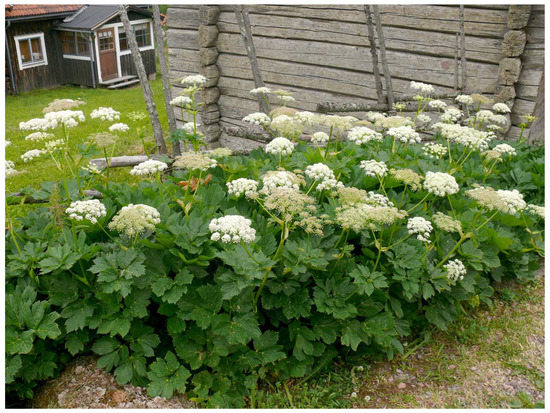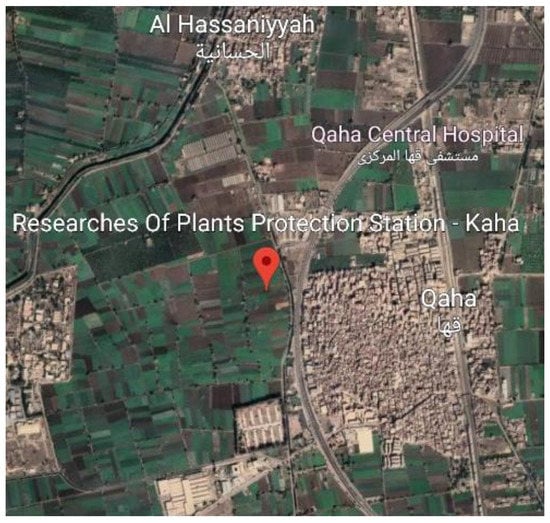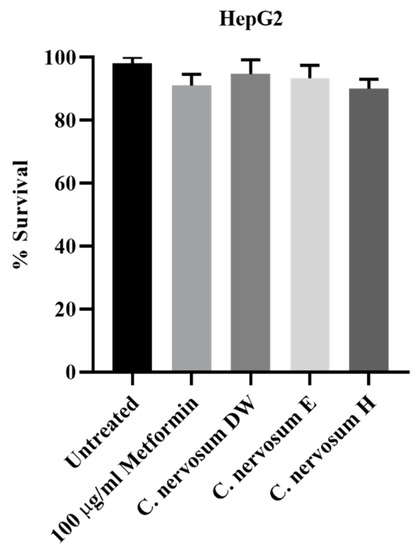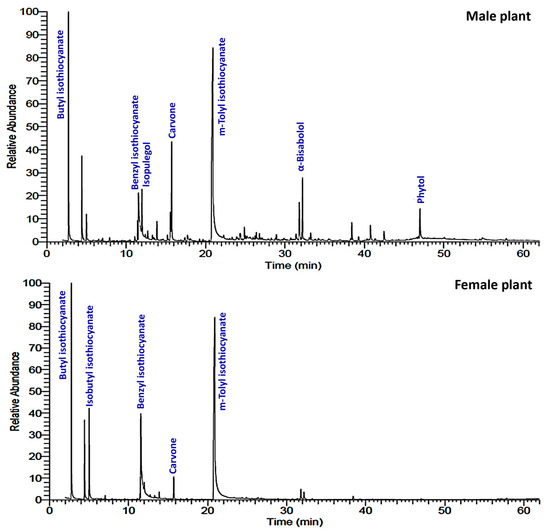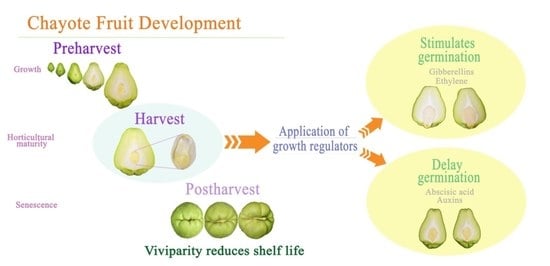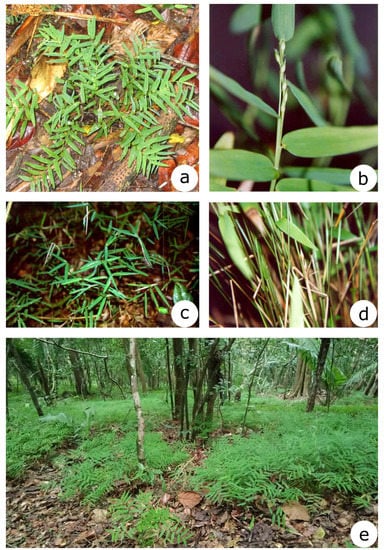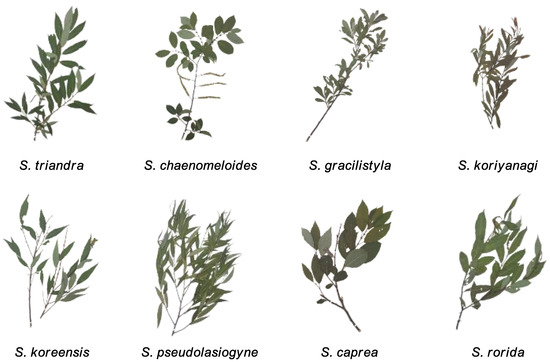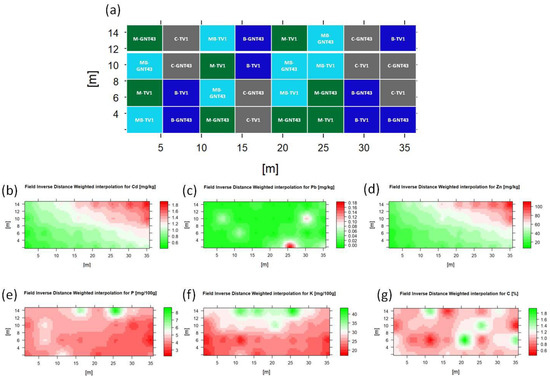1
Department of Landscape Architecture, Planning and Management, Swedish Agricultural University, POM, SE-23422 Lomma, Sweden
2
Institute for Russian and Eurasian Studies, Uppsala University, SE-75120 Uppsala, Sweden
3
Department of Environmental Sciences, Informatics and Statistics, Università Ca’ Foscari Venezia, 30123 Venice, Italy
Plants 2023, 12(1), 116; https://doi.org/10.3390/plants12010116 - 26 Dec 2022
Cited by 1 | Viewed by 3006
Abstract
Masterwort, Peucedanum ostruthium (L.) Koch, is an Apiaceae species originally native to the mountain areas of central and southern Europe. Written sources show that it was used in northern Europe. This study explores the cultivation history of masterwort and its past use in
[...] Read more.
Masterwort, Peucedanum ostruthium (L.) Koch, is an Apiaceae species originally native to the mountain areas of central and southern Europe. Written sources show that it was used in northern Europe. This study explores the cultivation history of masterwort and its past use in Sweden. Although only few details are known about the history of this taxon, it represents a cultural relict plant of an intentionally introduced species known in Sweden as early as the Middle Ages. In Sweden, the masterwort was mainly used as an ethnoveterinary herbal remedy from the seventeenth to nineteenth centuries. However, medicinal manuals, pharmacopoeias and some ethnographical records indicate that it was once also used in remedies for humans. Today, this species remains as a living biocultural heritage in rural areas, especially on the surviving shielings, which were once used as mountain pastures in Dalecarlia, and at former crofts that were inhabited by cattle owners in the forest areas of southern Sweden.
Full article
(This article belongs to the Special Issue Historical Ethnobotany: Interpreting the Old Records)
▼
Show Figures

